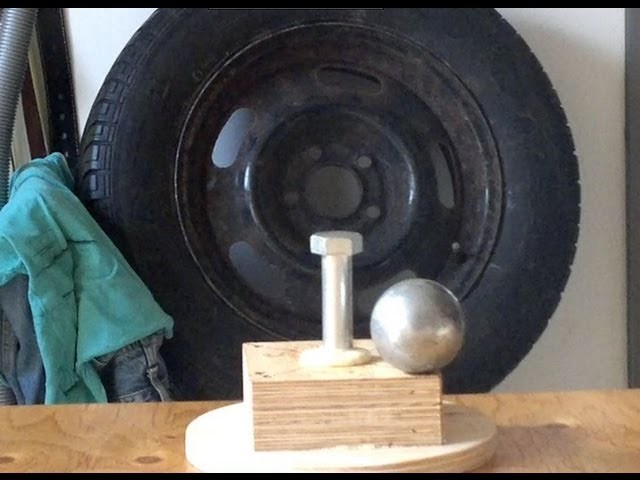Tire balancing is a tune-up for your wheel-tire set. It makes sure that weight is evenly distributed around the entire circumference of the unit. The common symptoms of out-of-balance tires are uneven and faster tread wear, poor fuel economy, and vibration in the steering wheel, the floorboard or the seat that gets worse at faster speeds.
When all areas of the wheel-tire unit are as equal in weight as possible, the tire will roll smoothly. This helps it wear evenly, for longest life. Balancing also contributes to ride comfort: Imbalanced tires will wobble or hop up and down, which causes vibration. If a front tire isn’t properly balanced you’ll likely feel vibration in the steering wheel. If the problem is in the rear the tremor will be noticeable in the seat or floor.
Imbalanced tires are easily corrected, but the work is precise. It’s done by attaching small weights, just fractions of ounces, to the wheel.
Everyday wear on tires will contribute to imbalance. Normal manufacturing imperfections are also a cause: Tires and wheels don’t have precisely equal weight distribution. They’ll be slightly heavier in some spots.
Just half an ounce in weight difference is enough to cause a vibration when you’re driving.
Rebalancing is done in a tire shop by putting the wheel-tire unit on a tire balancing machine that takes measurements to pinpoint lighter or heavier areas and making adjustments to account for these weight differences. The best time to get it done is when tires are being rotated, both for convenience and because you might have a tire out of balance on the rear of the vehicle and won’t feel it until it is moved to the front.
Here’s how it’s done:

Though both should be part of regular auto maintenance, balancing isn’t the same as getting an alignment. Wheel alignment corrects the angles of the tires so they travel in the same direction and make contact with the road properly. Alignment reduces uneven tire wear and extends the life of your tires. Oftentimes tire balancing and alignment are perceived to be the same thing, but are not.

Tire balancing and rotation are often done at the same time, but they aren’t the same service. Tire rotation is when a vehicle’s front and rear wheels are switched to even out tread wear between them. Since both require removing each wheel, it’s convenient to do them at the same time.
Vibration when underway could be caused by an imbalanced tire and wheel assembly or something else — a bent wheel, a damaged tire (which won’t be fixed by balancing), worn suspension parts or other aging components. If you feel a vibration, don’t wait to get it diagnosed. You’ll head off other problems — and enjoy a smoother ride — when your tires are well balanced.
Schedule an Appointment
The yoga studio isn't the only place where you'll hear the words "balancing" and "alignment. " You'll also hear these words mentioned when you take your car in for service.
" You'll also hear these words mentioned when you take your car in for service.
But what do balancing and alignment mean off the yoga mat? Both contribute to a smoother ride, but tire balancing and alignment are different services. A tire balance corrects the weight imbalance on your tire and wheel assemblies, while an alignment corrects the angles of the tires so that they come into contact with the road in just the right way.
If you’re wondering, “What is wheel alignment?” or, “What does tire balancing mean?” it’s time to dive deeper into your car care practice. Learn the difference between the two today.
Tire balancing (also known as wheel balancing) corrects uneven distribution of weight
in the wheels. Imbalanced wheels can lead to vibration, excessive tire wear, damage tothe suspension, and other problems.
During a tire balance service, your tires and wheels are mounted onto a tire balancing machine. The machine spins the tire and wheel assembly to measure the imbalance, so that a technician can precisely install the correct tire weights to achieve a properly balanced wheel and tire assembly. Often, wheel balancing and alignment happen during one service, but they shouldn't be confused for the same thing!
Often, wheel balancing and alignment happen during one service, but they shouldn't be confused for the same thing!
Uneven tire wear and vibration in your steering wheel, floorboard, or seat can signal it's time for tire balancing. You may also want to have your tires balanced during a tire rotation, after a flat tire repair, or as part of your scheduled maintenance.
Interestingly, the part of your car that trembles can indicate whether the front or back wheels need balancing. If it's in the steering wheel, it’s likely your front tires. If it's in the seats, the imbalance is in the back wheels.
Tires can become out of balance because of uneven tire wear or the loss of a wheel weight because a rim hits a curb or pothole. If you leave your car parked for extended periods without moving it, the tires might develop flat spots that cause imbalances.
Wheel alignment (also known as tire alignment) refers to an adjustment of a car's suspension — the system that connects a vehicle to its wheels.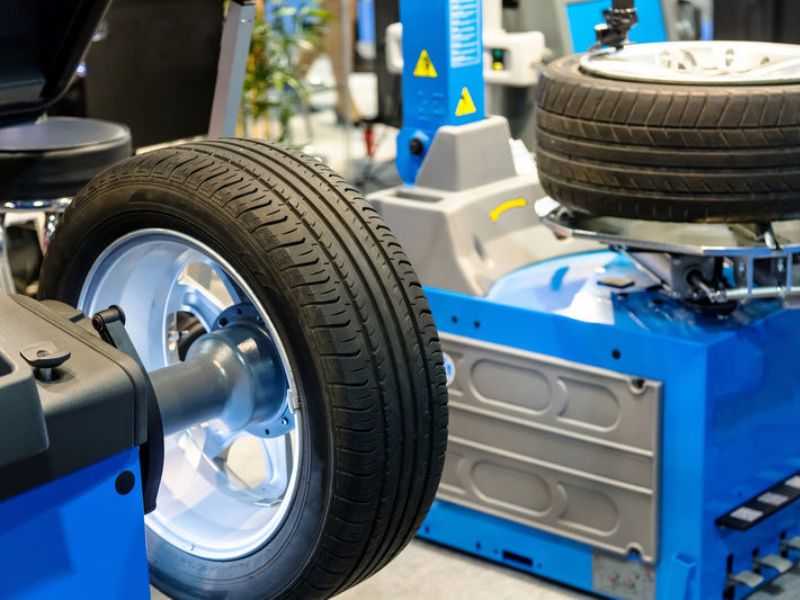 It's not an adjustment of the tires or wheels themselves.
It's not an adjustment of the tires or wheels themselves.
Alignment keeps your car from veering to the right or left. It also can improve the handling of your vehicle and stop unusual on-the-road vibrations.
Your vehicle might need an alignment if you notice any of the following:
Your alignment can get knocked out of whack after being in a car accident, driving over a pothole, or running into a curb.
The most significant benefit of balancing services is that they prevent premature tire tread wear. Technicians agree that getting your tires balanced every 5,000 to 6,000 miles (or as recommended by your manufacturer) can help extend their lifespan and improve their performance.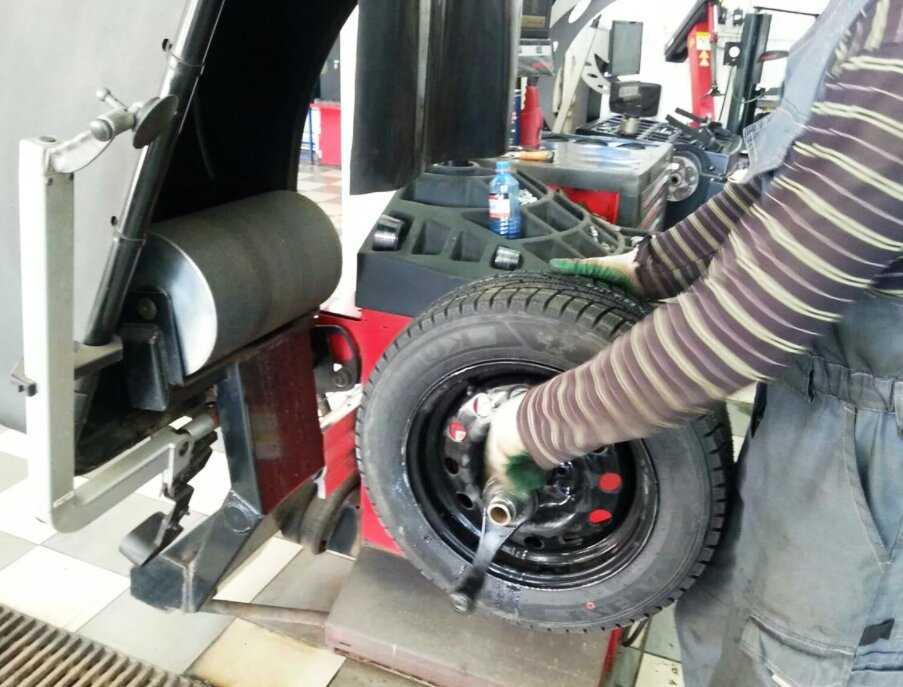
Wheel alignment benefits, on the other hand, include improved vehicle handling, fuel efficiency, and tire life. Firestone Complete Auto Care recommends that you have your vehicle's alignment checked every 6,000 miles or twice a year. Left untreated, alignment issues can shorten a tire's life by thousands of miles, and they can damage critical steering and suspension components.
| Tire Balance vs. Alignment Quicklook | |||
|---|---|---|---|
| Service | Definition | Signs It's Time | Benefits |
| Tire Balance | A tire balance corrects the weight imbalance on your tire and wheel assemblies. | Uneven tire wear and vibration in your steering wheel, floorboard, or seat. | Proper balancing can lead to a smoother ride, less tire wear, and reduced strain on the drivetrain. |
| Wheel Alignment | An alignment corrects the angles of the tires so that they come into contact with the road in just the right way. | Vehicle pulls to one side, rapid tire wear, squealing tires, or crooked steering wheel when driving straight. | Proper alignment ensures a smoother ride for you and a longer life for your tires. |
Are you noticing symptoms of balancing and alignment issues in your car? Don't let them disrupt your flow. Schedule an appointment at your nearest Firestone Complete Auto Care for a zen-like ride that’s both relaxing and reliable.
LADA
UAZ
KIA
Hyundai
Renault
Toyota
Volkswagen
Skoda
BMTs
BMAN
BMARS
BMAN
Mitsubishi
Mazda
Ford
All brands
Related materials
Seasonal tire change: everything car owners need to know
To begin with, a small educational program.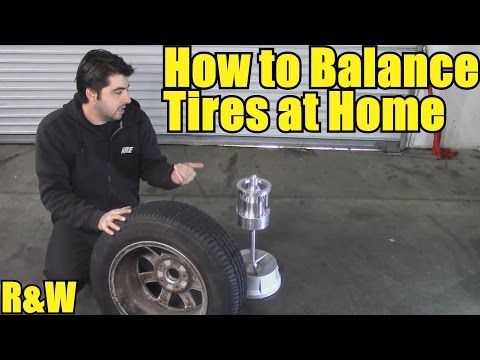 Balancing is the alignment of the center of mass of the wheel with the axis of rotation. In this case, the loads are fixed opposite the heavy part of the wheel. This is the definition of static balancing. And since the wheel is not a thin disk, but rather a wide roller, the so-called dynamic balancing is necessary, when loads are placed both on the outer and on the inner parts of the wheel disk. Naturally, the wheels need to be balanced immediately after mounting the tire on the rim: after all, the imbalance can reach 50–60 g on each side. If it turns out more, then it makes sense to "twist" the tire relative to the disk, ensuring their mutual rotation by 180 degrees. With this initial balancing, tire workers provide an imbalance of less than 5 g per side. It is believed that a new tire is capable of slightly changing its position on the disk in the first kilometers, and therefore the balancing will go away a little.
Balancing is the alignment of the center of mass of the wheel with the axis of rotation. In this case, the loads are fixed opposite the heavy part of the wheel. This is the definition of static balancing. And since the wheel is not a thin disk, but rather a wide roller, the so-called dynamic balancing is necessary, when loads are placed both on the outer and on the inner parts of the wheel disk. Naturally, the wheels need to be balanced immediately after mounting the tire on the rim: after all, the imbalance can reach 50–60 g on each side. If it turns out more, then it makes sense to "twist" the tire relative to the disk, ensuring their mutual rotation by 180 degrees. With this initial balancing, tire workers provide an imbalance of less than 5 g per side. It is believed that a new tire is capable of slightly changing its position on the disk in the first kilometers, and therefore the balancing will go away a little.
Now let's turn directly to our topic. If you alternately install either winter or summer tires on the same wheels, then you cannot avoid balancing. There is nothing to argue about here. The question of balancing every season arises only for those car owners who have two complete sets of wheels: summer and winter.
There is nothing to argue about here. The question of balancing every season arises only for those car owners who have two complete sets of wheels: summer and winter.
Related materials
Routine work that everyone ignores (and in vain!)
So, should the wheels be balanced at every seasonal change?
If you approach the process formally, then you should remember the instructions for the car. It is usually recommended to balance the wheels after a run of 10,000 to 15,000 km. If you drive less in one season, then you definitely shouldn’t balance, except for the cases specified below.
But this is in theory, but in practice I advise you to monitor the behavior of the car. If there is no noticeable beating of the steering wheel, then balancing is not needed. The beating of the rear wheels is felt less, but they usually suffer less often. In any case, you should feel a strong imbalance.
If you change your own wheels twice a year, the following recommendation applies.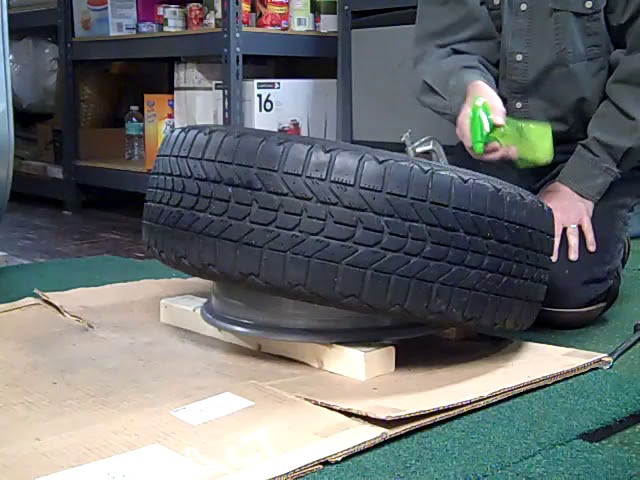 Put the wheels on and ride for a couple of days. During this time, the tire will get rid of the deformations that occurred during storage. If there are no vibrations at any speed with which you drive, balancing can not be carried out.
Put the wheels on and ride for a couple of days. During this time, the tire will get rid of the deformations that occurred during storage. If there are no vibrations at any speed with which you drive, balancing can not be carried out.
Related materials
10 procedures without which it is better not to drive
Balancing is required in the following cases:
Photo: depositphotos.com
Our new video
Test of the most affordable (well, almost) crossover for the family
Test of the new Chinese crossover Skywell ET5
Nissan outside, “Chinese” inside — test of the new Russian car
Like this post? Subscribe and you will always be in the know!
Driving on Yandex.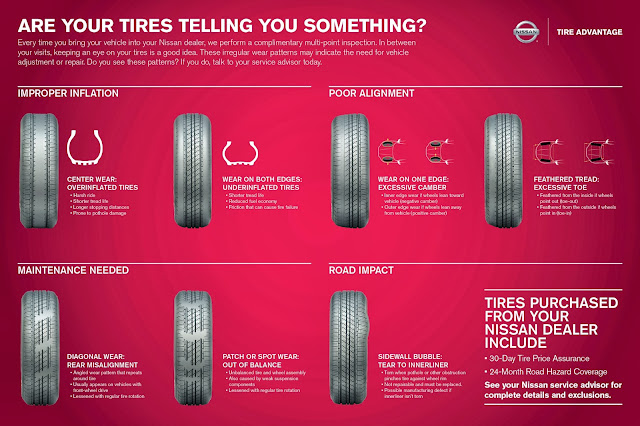 Zen
Zen
Conclusion
Balancing is an important procedure in vehicle maintenance. It is necessary not only for comfortable driving, but also for stable and proper operation of the suspension. Also, this procedure increases the life of the transmission, and the trip becomes safer.
Experts and car manufacturers have different opinions on this matter, but there are general recommendations that will make using your car more comfortable and safer. Balancing needs to be done:
Balancing needs to be done:
Also, when buying new tires, it is recommended to re-balance after running the wheels for the first 2000 kilometers, when the tires finally “sit down” on the rims, then driving will be more comfortable.
Experts share two types of imbalance: static and dynamic.
Static unbalance
If the wheel has a static imbalance, then its weight is unevenly distributed along the axis of rotation, characteristic shocks and shocks appear.
Dynamic unbalance
Dynamic imbalance appears due to the uneven distribution of masses in the planes of the wheel. And the higher the speed of the car, the more it will be felt.
Before carrying out the procedure, the wheels must be cleaned.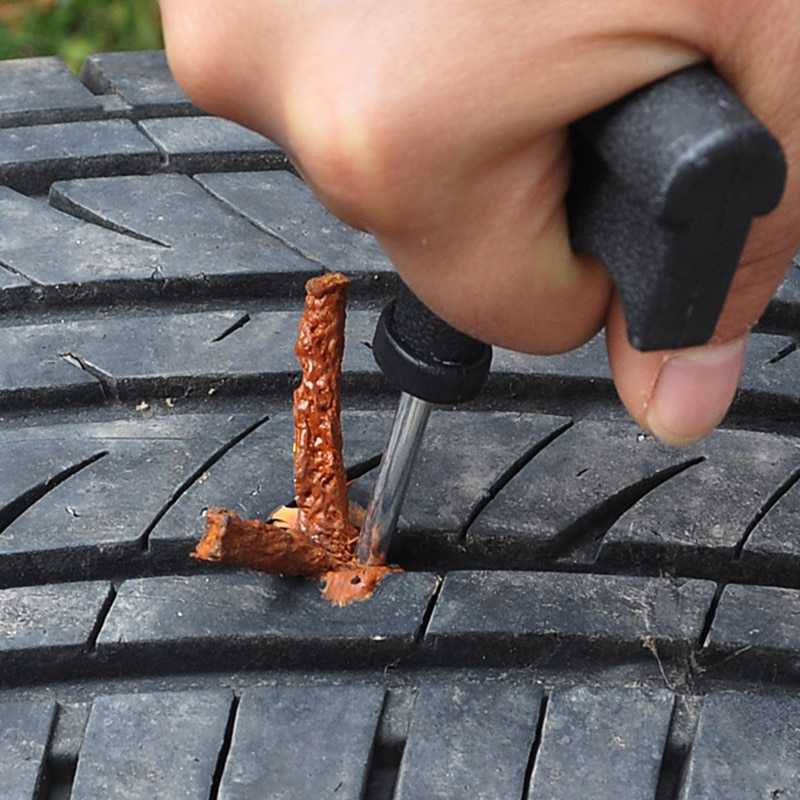 It is best if the tire shop has a special washing facility, as even a small amount of dirt can create an imbalance and the result will be inaccurate. If there is no washer, the dirt is brushed off with a metal brush, which causes scratches. In BlackTyres, there are devices in all centers, but the service of technological washing is paid.
It is best if the tire shop has a special washing facility, as even a small amount of dirt can create an imbalance and the result will be inaccurate. If there is no washer, the dirt is brushed off with a metal brush, which causes scratches. In BlackTyres, there are devices in all centers, but the service of technological washing is paid.
Usually the balancing procedure takes no more than 20-25 minutes and is carried out in conjunction with a seasonal tire change. If you already have seasonal tires installed on the second set of wheels, then the time is reduced to 15 minutes.
Wheel balancing with center hole
First, the bus is mounted on the disk. Next, the wheel is installed with a central hole on the shaft of the balancing stand. 3D lasers scan and indicate to the installer the attachment points of the balancing weights. They are mounted on the inside or outside of the disk, depending on what type of imbalance is static or dynamic.
There are two types of weights: adhesive and stuffed.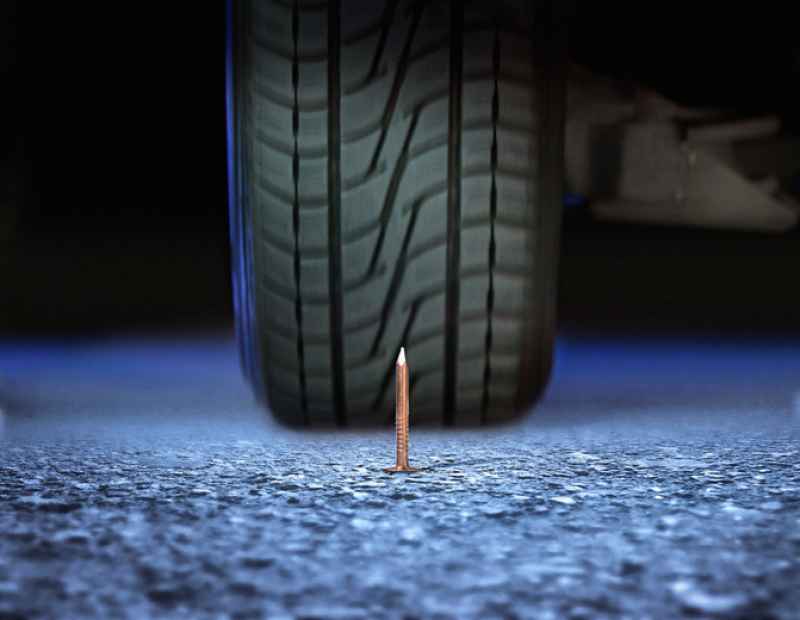 Adhesive allow you to save the aesthetic appearance of the wheel. Packed are equipped with a special bracket and are suitable for stamped discs. Next, the master fixes a suitable load in the indicated place and re-checks that everything is now in order with the wheel and the mass is distributed correctly.
Adhesive allow you to save the aesthetic appearance of the wheel. Packed are equipped with a special bracket and are suitable for stamped discs. Next, the master fixes a suitable load in the indicated place and re-checks that everything is now in order with the wheel and the mass is distributed correctly.
Wheel balancing without center hole
Not all car wheels are equipped with a large center hole. Most often, French cars either do not have a central hole, or it is narrow enough to carry out the procedure in the usual way. In this case, the wheel is fixed for balancing using a flange adapter. The wheel is centered under the bolt holes on the balancing stand, after which balancing is performed. Wheel balancing using a flange adapter can be performed at the tire center on Leningradskoye shosse, 56.
SmartWeight Technology
SmartWeight technology is a modern approach to wheel balancing. With its help, the balancing machine distributes the weight in such a way as to reduce the number of weights by up to 40%. Also, by reducing the number of revolutions and simplifying the procedure for finding a place to install weights, the balancing time is significantly reduced. Unlike standard balancing technology, SmartWeight technology simultaneously detects both static and couple unbalance forces and identifies vibration-causing problems, maximizing balancing capabilities.
Also, by reducing the number of revolutions and simplifying the procedure for finding a place to install weights, the balancing time is significantly reduced. Unlike standard balancing technology, SmartWeight technology simultaneously detects both static and couple unbalance forces and identifies vibration-causing problems, maximizing balancing capabilities.
Our tire centers are equipped with Hunter 9200 machines with SmartWeight technology. Come and experience a new level of balancing. If you wish, you can turn off the SmartWeight function and balance the wheel as accurately as possible, but with more weights.
To balance a wheel with defective suspension parts, the final balancing procedure is carried out without removing the wheels from the vehicle. To carry out the final balancing, a vibration sensor is installed under the car, after which the wheels of the car are spun using a special apparatus. When the car reaches a speed of 100-110 km / h, the vibration sensor collects data, after which the weights are installed on the wheels of the car.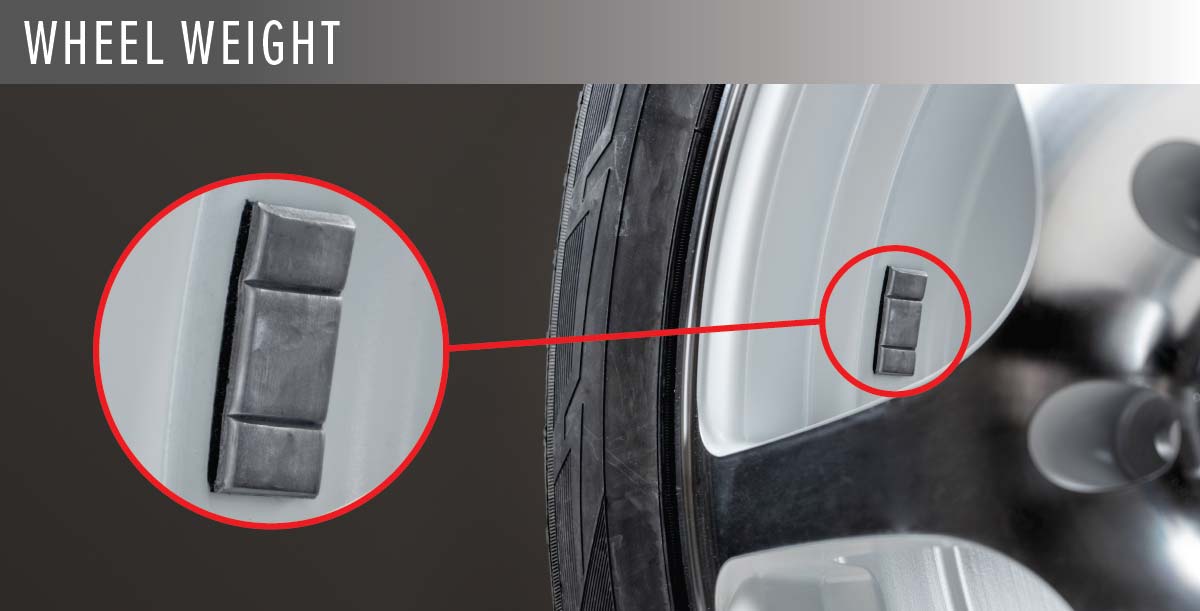
At our tire centers, we recommend that car owners replace and adjust the suspension, rather than spend money on a procedure that will last several hundred kilometers or until the first pit.
If normal balancing fails to eliminate the vibration, then the problem may be in the power heterogeneity of the tire. To compensate for it, balancing with a pressure roller is suitable. The system simulates real road conditions by pressing the roller with a force exceeding 600 kg. After measuring the force acting on the roller from the side of the wheel, the system will make recommendations for the location of the tire to compensate for the unevenness.
It is important to understand that precise balancing cannot be done without special equipment. With your own hands, you can only approximately perform the procedure, which can lead to a dangerous situation while driving, so it is better to contact specialists. We do not recommend trusting home-made machines and instructions from the Internet, because you risk your car and expensive repairs.
Incorrect wheel balancing leads not only to driving discomfort, but also to wear of the suspension elements, cardan shaft, steering column, tread wear, and disc defects.
What are the signs that the wheels are out of balance:
How to check the quality of balancing yourself:
There is always a balancing stand in the tire shop, with which it is easy to check the quality of wheel balancing. In the case when it is necessary to carry out the check yourself, you will have to do with improvised means. Checking wheel balance will be somewhat similar to balancing yourself:
